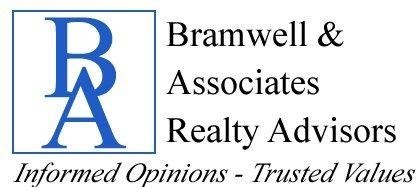We are pleased to publish the 2022 Mil Rate Comparison Table. Since 2009, we have published this chart comparing the mil rates of different Lower Mainland municipalities with a summary analysis.
The big story is the additional school tax rates for residential uses. Additional School Tax is charged on any “dwelling unit” valued over $3,000,000. Under Section 117(1) of the School Act, a “dwelling unit” includes land with “No present use.”
Under the Musqueam decision, property purchased or held for development and actively in the development application process has a “use” and is not subject to Additional School Tax. This is under appeal by BC Assessment at the BC Supreme Court.
Due to the increase in assessed values greater than the needs of most municipality tax requirements, the average mil rate declined on a year-over-year basis. In our market area, the decline averaged 10.72%, 16.56% and 12.66% for the 3 classes, respectively.
Only two municipalities had increases. Vancouver has a 0.64% increase in class 4 (Major Industry) while West Vancouver had a 6.57% increase in class 4.
Last year, Chilliwack, New Westminster, North Vancouver City and District, Township of Langley and Vancouver had average mil rates that exceeded the average in at least 2 of the 3 classes.
This year, the Burnaby, Coquitlam, City of Langley, Maple Ridge, New Westminster, North Vancouver City, Pitt Meadows, Port Moody, and Vancouver hold that dubious distinction.
Class 4, or Heavy Industrial properties, saw a decline in Richmond (37.87%) and Coquitlam (21.43%) on a year-to-year basis, against a 6.57% increase in West Vancouver.
The most significant decline in the Light Industrial category (Class 5) property tax mil rate was in Richmond, down 58.62%. All the municipalities had a decrease from the previous year.
The Business/Other classification (Class 6) also experienced a decline for all municipalities. The largest decline was Richmond, with 58.09%, and Delta, with 36.45%.
The most significant factor in the upcoming year is determining if price corrections were due to the fast-rising interest rates. There is evidence of some private lenders refusing deals until the interest rate growth is absorbed into real estate prices.
The other significant factor is understanding the impact of hybrid working models on businesses that rely on office workers and the lease changes upon renewal.
NOTICE
September to November is the Pre-Roll period, where Property Tax Agents can access 2023 draft data for commercial properties. I advise all readers to call immediately so more time can be spent on forecasting property tax liability in 2023.
BC Assessment, the Property Assessment Review Board, and the Property Assessment Appeal Board will have a tough time in 2023 as I expect anyone who can will appeal their commercial properties. The volume will be massive and overwhelm the system. (Hint: Appeal early).
The comparison table is below, or you can obtain a PDF copy - Click Here
NOTE: This Chart has only Class 4 (Major Industrial), Class 5 (Light Industrial) and Class 6 (Business) rates, as these are the primary classes we appeal to. For information on other classes of properties, please email us at This email address is being protected from spambots. You need JavaScript enabled to view it.
